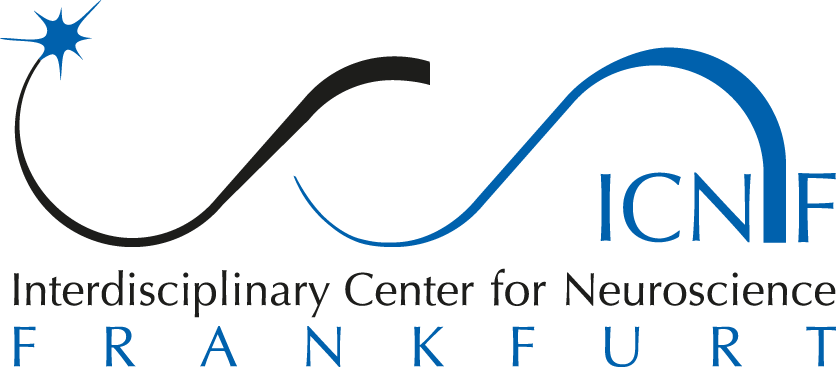Scientific Focus
Stroke is the leading cause of disability in the western world. In Germany, approximately 200,000 people per year suffer from a stroke, and over 50% of stroke survivors remain disabled by a permanent neurological deficit, despite pharmacological treatment and extensive physiotherapy (https://www.dgn.org).
Our scientific mission is to further our understanding of stroke-induced disturbances in brain network functions and the development of novel treatment strategies to promote recovery of function.
The aim is to elucidate which brain regions constitute key players in the process of functional reorganization, and how non-invasive brain stimulation may be used to “re-shape” neural networks to promote recovery of function. To achieve this, we combine neuroimaging and computational neuroscience with behavioral, technical or pharmacological interventions that allow us to enhance neural plasticity and neurorehabilitation.
Methods
structural/functional MRI, electroencephalography (EEG), transcranial magnetic stimulation (online-TMS, offline rTMS), concurrent TMS-EEG, movement kinematics, machine learning, RCTs
Selected Publications
Hensel L, Lange F, Tscherpel C, Viswanathan S, Freytag J, Volz LJ, Eickhoff SB, Fink GR, Grefkes C. Recovered grasping performance after stroke depends on interhemispheric frontoparietal connectivity. Brain. 2023 Mar 1;146(3):1006-1020
Tscherpel C, Dern S, Hensel L, Ziemann U, Fink GR, Grefkes C. Brain responsivity provides an individual readout for motor recovery after stroke. Brain. 2020 Jun 1;143(6):1873-1888.
Grefkes C, Fink GR. Connectivity-based approaches in stroke and recovery of function. Lancet Neurol. 2014 Feb;13(2):206-16.
Grefkes C, Nowak DA, Eickhoff SB, Dafotakis M, Küst J, Karbe H, Fink GR. Cortical connectivity after subcortical stroke assessed with functional magnetic resonance imaging. Ann Neurol. 2008 Feb;63(2):236-46.
Grefkes C, Weiss PH, Zilles K, Fink GR. Crossmodal processing of object features in human anterior intraparietal cortex: an fMRI study implies equivalencies between humans and monkeys. Neuron. 2002 Jul 3;35(1):173-84.

